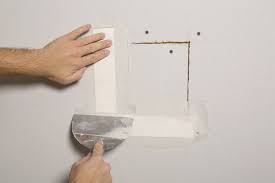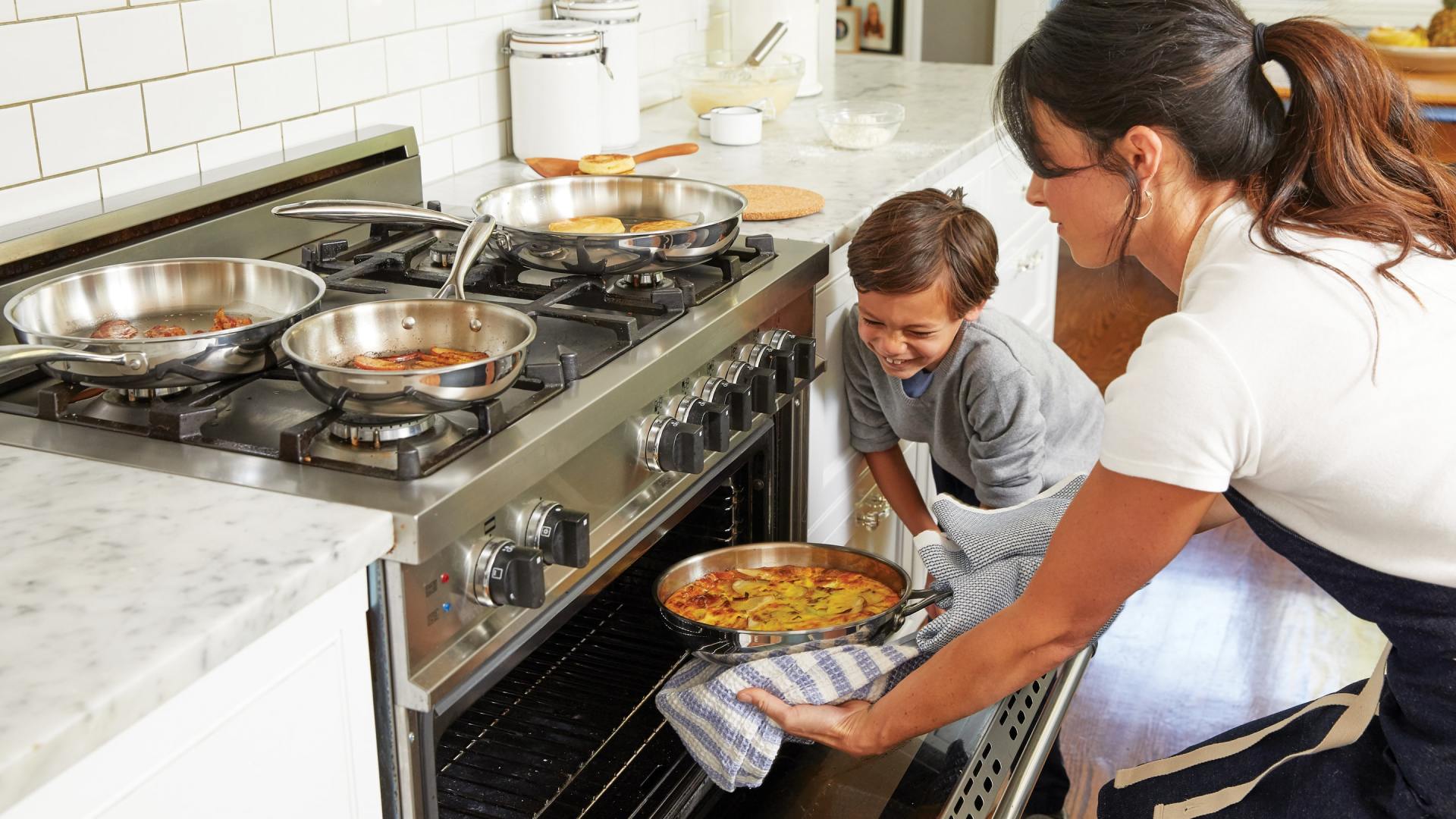10 easy ways to remove stains from the wall and what to use to remove stains
Painters In Philly • December 19, 2019
10 easy ways to remove stains from the wall and what to use to remove stains.

10 Fast and Easy Ways to Remove Wall Stains
If you live in Philadelphia and have walls that have accumulated some nasty stains over the years then you may be at a loss on how to get those stains off. Removing stains from the walls of your homes especially in Philadelphia can be a tricky process as you don't want to damage the paint or other finish on the wall any more than you can get away with. Too much damage from stain removal will eventually result in your needing to get the wall repainted, so taking a careful approach can help delay the need for you to hire painters to resurface the wall. To get the best results, the approach you use will often depend on the type of stain you are removing. Different staining materials require different cleaners and techniques to loosen and remove the stain without harming the wall and its finish. So here are ten different ways to get specific stains off the walls of your Philadelphia home.
For general purpose cleaning you can begin with:
1. One gallon of warm water
2. Quarter cup of baking soda
3. Two Spoons of lime juice
4. Three Spoons of Vinegar
5. Three Spoons of baking soda.
Mix with warm water and use a damped towel to clean any surface.
1. Clean off loose dirt.
To start, get a bucket of clean cold water and one or more cleaning rags. Soak the rags in the water and rinse the excess water out. Wipe down the walls with the rags to remove the loose dust, rinsing out the rags and replacing them with fresh rags as needed. Once you have all the loose dust removed, fill the bucket with a solution of warm water and detergent. You can use dishwashing detergent or laundry powder. Use a sponge or microfiber cloth to wipe down the walls while rinsing it out as needed. This should get rid of any surface dirt but you may be left with deeper stains that may require one of the other approaches to remove. Be careful to rub the drywall gently because too much pressure may take the layer of paint off and damage the drywall.
2. Removing general grime.
Dishwashing detergent dissolved into warm water does a good job of cleaning off general grime for wall stain removal. You can also make your own cleaner using one cup of ammonia, half a cup of white distilled vinegar or apple cider vinegar, and a quarter of a cup of baking soda. Mix the ingredients into a gallon of warm water and then use the result to clean the walls with a sponge or cloth. Wipe off with fresh water when you are done. This process will not only remove general grime but also disinfects your wall from micro bacteria which may have accumulated over the years. This method is especially useful for a home with kids or infants.
3. Removing crayon, pencil, ink stains,etc.
The secret to removing crayon, pencil and ink stain is acting quickly. Fresh crayon wall-stains can be removed quickly using a cleaning wipes or baby wipes if you have one handy. Cleaning erasers also work well for crayons. The graphite-based lead used in pencils is designed to be erasable, so pencil marks can often be removed with rubber erasers or art gum erasers. You can also try a suede stone or a melamine-foam eraser. A wet cloth dipped into baking soda can be used as a pencil stain eraser too. For oil-based materials such as ballpoint ink, you can try using foaming shaving cream to dissolve the stain. Spray it on and rub it over the ink stain. Wipe off with a wet cloth afterward. Hairspray and nail polish remover will also work. You can also try using the white chalky type of toothpaste (not the gel type) by rubbing it onto the stain, letting it sit on the stain for about fifteen minutes, and then wiping it off with a wet cloth.
4. Get rid of permanent marker wall stains.
Permanent markers are specifically designed to be hard to remove so getting these marks off your walls can be tough. Get some rubbing alcohol (Isopropyl Alcohol) and soak a cotton ball with it. Then use a cotton ball to dab the permanent marker stain until it is gone. Rotate the wad of cotton so that you are using an unstained piece with each dab. If that doesn't work then try using hair spray on the mark, and wipe away the resulting runs. You can also try nail polish remover. If none of these methods work, then take a dab of toothpaste and rub it on top of the marker stain. Let the toothpaste settle for five minutes and rub it off with a warm wet towel.
5. Get rid of kitchen grease.
Kitchen grease wall-stains can generally be removed by scrubbing with hot water and dishwashing detergent. Before you begin though you may want to get a plastic spatula and go over the greasy areas to scrape off any loose built-up grease first. Removing this easy-to-shift grease before cleaning with detergent will reduce the amount of detergent that you need to dissolve the remaining grease. If the grease is stubborn and taught to remove, your last resort will be to use WD-40 Degreaser. WD-40 Degreaser will remove the toughest of grease. Once the grease is removed make sure to go over the surface with dishwashing detergent to wipe out the strong chemicals from
WD-40 Degreaser.
6. Getting rid of soot marks from candles.
Candle soot tends to be a fairly greasy mix so most of the methods for removing grease will also work for it. You can also use rubbing alcohol to dissolve it and wipe it off. To restore the surface to the original look, use baby oil or kitchen counter polish to restore the shine.
7. Clean off greasy finger marks.
Fingerprint marks tend to be oil-based with some grime mixed in. For marks around light switches and doorknobs that have been there for a while, they may have been ground into the porous paint on the wall and may take some removing. This will be easier to do if the surface of the wall has a gloss finish, but most interior walls use a flat matte paint that can make finger marks hard to shift. To start with try using a mixture of dishwashing detergent and hot water. If that doesn't work then you can try distilled white vinegar dissolved into hot water. Use a ratio of around half a cup of vinegar in half a gallon of water. Clean with the mixture and then rinse off with fresh warm water. You can also try using white chalk to clean off any persistent finger marks. Rub a flat piece of chalk over the marks. The porous chalk should absorb the greasy finger marks. Wipe off with a wet microfiber cloth afterward.
8. Remove persistent grease stains.
If you are left with grease that doesn't want to come off despite all your scrubbing then you may need a more serious approach to shifting it. Get some absorbent paper and place it on the wall against the stain. Then use an iron to heat the area over the paper so that the grease under the paper melts and is absorbed into the paper. Do this a few times with fresh paper until you are not getting any grease being absorbed. Then go over the area with detergent and water to remove the remainder of the grease.
9. Clean off mildew.
Mildew is the result of a fungus feeding on grime on the wall, or on the material of the wall itself. For mildew wall stain removal, mix up a solution of one tablespoon of white vinegar in a quart of water and spray this solution onto the mildewed area of the wall. Leave the vinegar on for a few hours and then clean off with water and detergent. You can also use enzyme-based laundry detergent to clean off mildew. Follow the pre-treating directions for the detergent to soak the stain and then clean off the result with water.
10. Use cleaning erasers for fresh spot stains.
For fresh stains that don't need elaborate cleaning, you might want to try using a cleaning eraser such as
Mr.Clean Magic Eraser. You can buy these from most stores that sell cleaning products. These can be great for cleaning up small spot stains along with stains from your children's impromptu crayon wall art projects. With a bit of careful wall stain removal, those nasty stains and smears on the walls of your Philadelphia home will be gone in no time. And by using the right approach for each type of stain you can minimize the wear on the wall surface. If your walls are looking in need of some new paint after years of stain removal though then you can always find
Painters In Philly to help you get your house back to looking like new.

Who is a Painting Professional? A painting professional is an expert experienced in preparing and painting interior as well as exterior surfaces. Clients hire Philly painters to either work on residential or commercial properties because they are reliable and trusted professionals. Professional painters get engaged in activities like removing old paints, selecting materials and colors, priming painting surfaces, mixing up colors, and tidying their job sites. As a client, you may fail to know the best paints for your surfaces. Painting professionals examine the areas to be painted and guide you on the right color to purchase. There are various types of paints, and one should consider the structure of the surface that needs to be painted before buying the paint to be used. These professionals also know the colors that suit each other when it comes to switching. Is it worth hiring a Professional Painter? Whether you require interior or exterior painting, always choose to hire professional Philadelphia painters rather than doing the task yourself. It will cost you more time, energy, and money if you attend to the job, whereas hiring an expert is affordable and guaranteed everything would be done correctly. A painting expert concentrates on the job at hand, hence being done in a short while, unlike you, who will get distracted from time to time by other household tasks. Most individuals who opt to paint themselves also end up hiring a professional painter to finish up the painting activity. Also, if you go for painting yourself, you will have to buy the paint and the right painting tools. Philly painters will come with the necessary tools to tackle the task in the right way. The tools include varying sizes of brushes, the required trays, and tape. Buying all the items is expensive due to the costs associated with painters' tools. Besides the above advantages of hiring a real professional painter, the main one is the job results. They can produce professional results and give your surfaces a smooth, even look that comes out spectacular. The best thing to do is to trust professional painters to get great results. Your place will have an even fantastic look that can be admired by everyone who visits it after completion of the painting job. How do Painters estimate the Price for a Painting Project? Every professional painter charges the painting cost for any surface per square foot. The price of painting interior surfaces is lower than painting exterior surfaces. For every square foot, the charge range from $1 to $4 depending on the surface and the hired painter. However, all Philadelphia painters offer affordable, high-quality painting services to potential and existing clients. Our results after completion of a painting task encourage more people to seek the services we offer. In conclusion, painting any inside or outside surface is more complicated than it seems. Hiring Philadelphia painters is always the smartest option. The option saves you many headaches and ensures the surfaces look very much better after the task is completed.

Painters In Philly explains how we take the maximum precaution in ensuring our employees and customers safety. Philadelphia's best painters have created procedures and guidelines to ensure the maximum protection and zero contact with the customers. How to keep your family and yourself safe when inviting businesses to complete painting projects in your house.
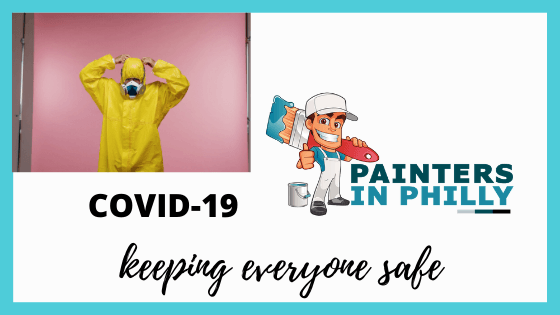
At Painters In Philly, we take the safety of Our Customers and Employees Seriously, We have Purchased the required and additional masks and proper ppe to keep the painters and our customers safe when performing the painting services. Our service guarantee ensures a safe and reliable painting experience. With safety in mind Painters In philly is also gifting free hand sanitizers to all customers. A sincere thank you from your #1 and most trusted painters in philadelphia. As our way of saying thank you to the front line workers, we are donating 10% of all profits to our nearest hospitals.

Some of the few aspects to keep in mind when choosing Philadelphia exterior paint are tone, mood, color scheme,neutral paints, mood, inspirations from are,seasonal colors, color consistency, light or dark colors and technology. The best painters in philadelphia, Painters in Philly know what it takes for your home to stand out from all of the other homes in your block.
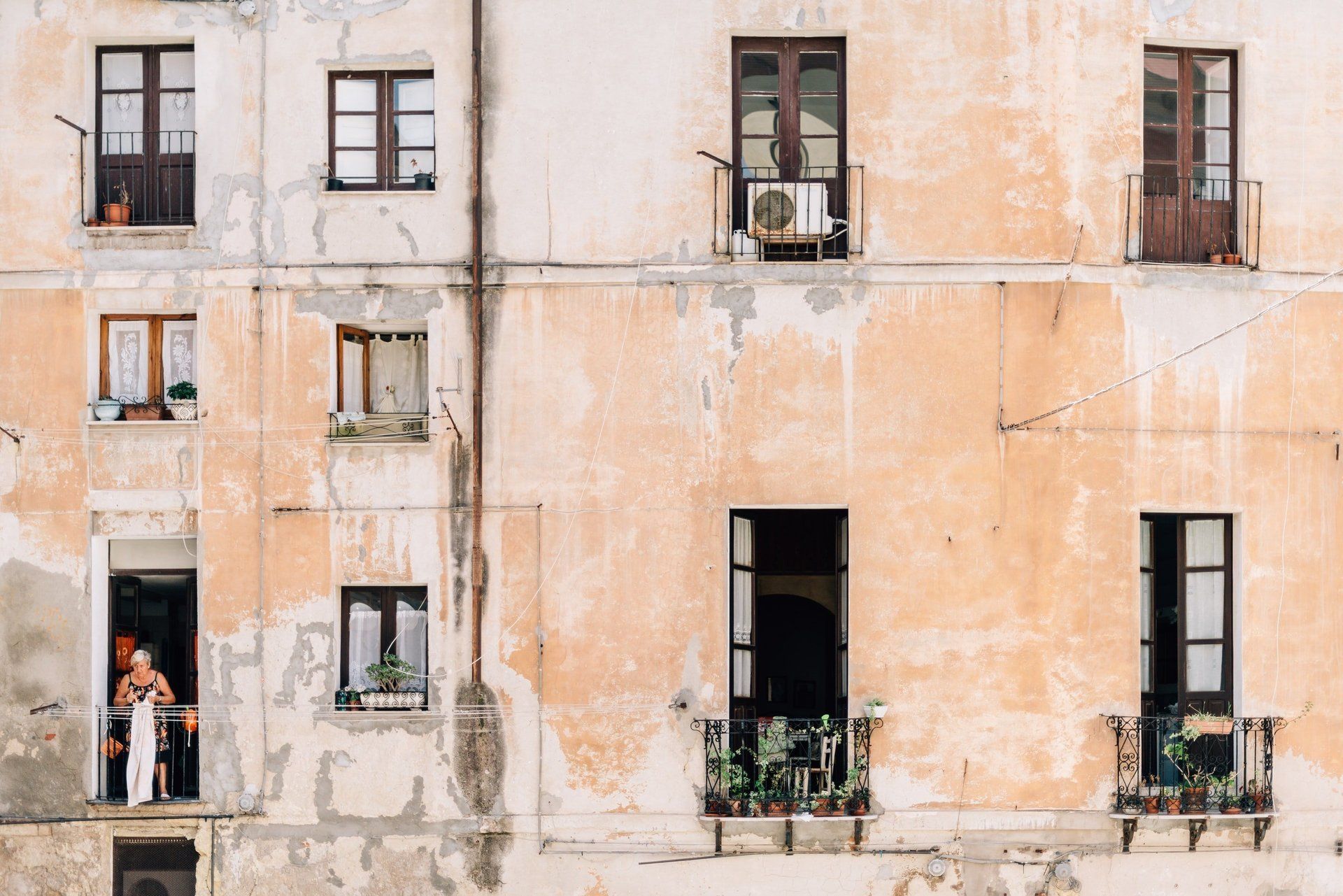
Your house exterior is telling you that it is time for a new paint job with these 10 signs. Don’t waste your labor by committing these errors. Hire your local painters in Philadelphia, Painters in Philly is here to help you choose a high quality and durable paint for your next exterior spruce up, one that will resist weather, bubbling and fading to increase the longevity of the work. Painters in Philly will let you know whether you need one layer or several to make it through the grueling four seasons and can also recommend the best luster or paint conditioner to give you added protection.

Choosing to paint the walls in your home is beneficial. Not only will this chore improve the comfort of the home, but it also brings many other perks that benefit the whole family. If painting the walls is a thought on your mind, perhaps it’s time to request quotes from an interior painting Philadelphia professional. Interior painting costs for Philadelphia may very well surprise you, especially when the array of benefits are factored in.
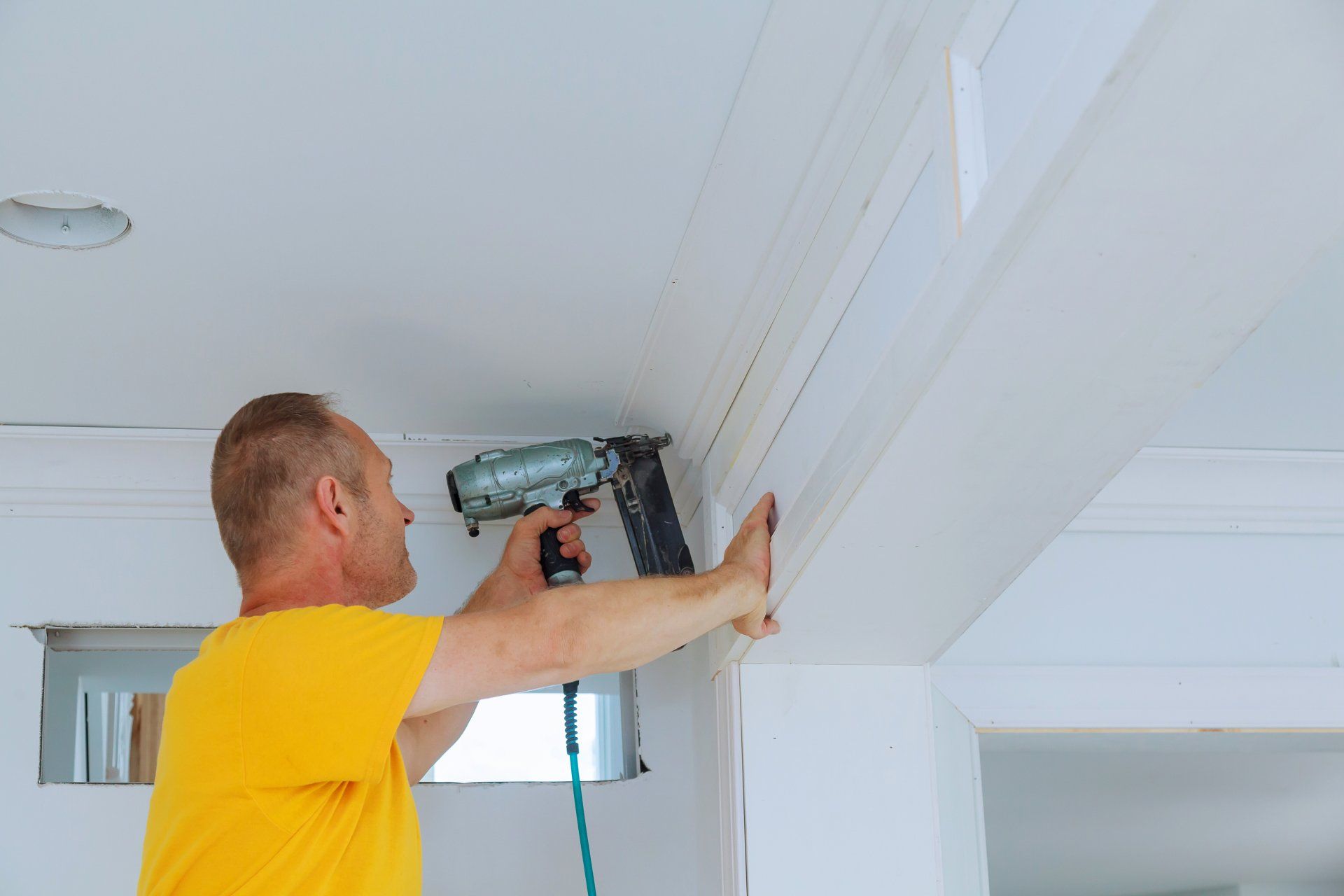
The Ins and Outs of Philadelphia Crown Molding and Painting crown molding Five-Star Painting Crown Molding Service in Philadelphia, Pennsylvania What is Crown Molding? Crown molding is a type of molding used around the ceiling to accentuate the room and give the room a larger than life look. Crown molding has the ability to hide the imperfection in the ceiling and provide a luxurious look to the room. Crown molding comes in all types of materials but can be typically found in wood or plaster. Think of crown molding as molding for the wall and ceiling, the same way molding is seen where the bottom of the wall meets the floor. Crown molding painting is a topic that has been rising in popularity in recent decades. Crown molding is a technique of installing molding to the crown of the room, hence the name crown molding. It's a type of molding that's suitable for the upper portions of walls. People often turn to it as a means of enhancing the aesthetic appeal of structures. It's a big thing among individuals who are passionate about trim and the overall aesthetic of the room. People adore it for an abundance of reasons. It can introduce flair to interior spaces that are rather sparse in appearance. This method isn't at all brand new. It may have origins that go all the way back to the ancient era in Greece, believe it or not. Although the technique itself remains constant, the involved materials have undergone adjustments with the passing of time. If you're trying to find painters who are experts at installing and painting crown molding in Philadelphia, look no further than Painters in Philly. How to Spruce up your room with crown molding and hire the right painters Crown molding is a big craze for a reason. People all over the planet over gravitate to it. That's because it brings all sorts of indisputable advantages to the equation. Crown molding, first of all, can enclose any room in an appealing and thoughtful manner. If you want to do a room a favor without having to install wallpaper, crown molding may be an exciting alternative for you to consider. It can also accentuate parts of rooms that make you feel the proudest. If you want to accentuate stunning pale blue paint on your family room walls, the inclusion of this kind of molding can go a long way. It can even bring out the best aspects of furniture pieces such as easy chairs. Crown molding can also spruce up the vibe of your interior space. If you have concerns that involve your home perhaps looking repetitive or unimaginative, crown molding can shake things up for it in a big way. Crown molding is all about sleekness and order. It's a tasteful technique that's simultaneously nuanced and understated. That's the reason it can be excellent for bedrooms, kitchens, dining rooms and family rooms alike. Higher curb appeal and Strong Residual value Higher curb appeal is always a welcome thing for property owners, and understandably so. That's because high curb appeal can lead to stronger value. Crown molding has the ability to contribute to an interior design feel that's majestic, timeless and high-end. That's exactly why it can give homes significant curb appeal boosts. If you want to be able to sell your residential property for a better price at some point, then getting crown molding can help you substantially. Crown molding has the power to make possible home purchasers look twice. It accentuates sturdy baseboards. It communicates that you put a lot of effort and pride into your residence as well. This means a lot to people will weigh their options positively when you decide to sell your house. Hiding flaws using crown molding Hiding flaws using crown molding, This technique can do away with abnormalities and flaws that involve the ceilings and walls of your home. Crown molding installation takes place at the intersections of ceilings and walls, after all. That's the reason it has the ability to conceal tiny flaws. Crown molding is notably pliable as well. That's why it enables people to adjust materials a tad in order to accommodate ceiling steadiness concerns. If you have kitchen cabinets that bring out a ceiling that's anything but level, crown molding can help turn things around. People can utilize this type of molding on top of higher cabinets as a means of making ceilings appear a lot more consistent. This molding can even hide issues that involve paintwork and texture. If you want your home to appear streamlined to the max, the technique can accomplish a lot for it.


